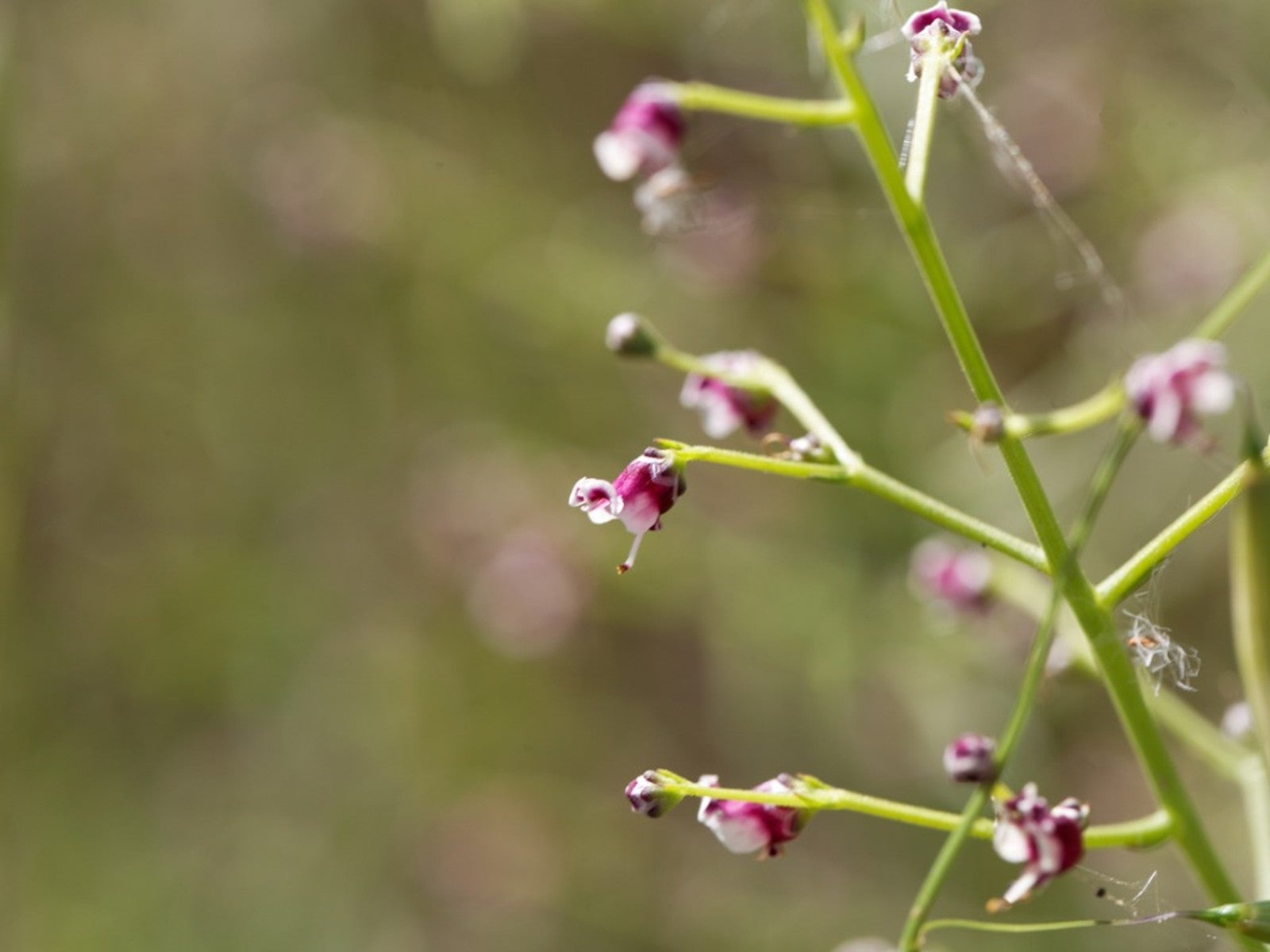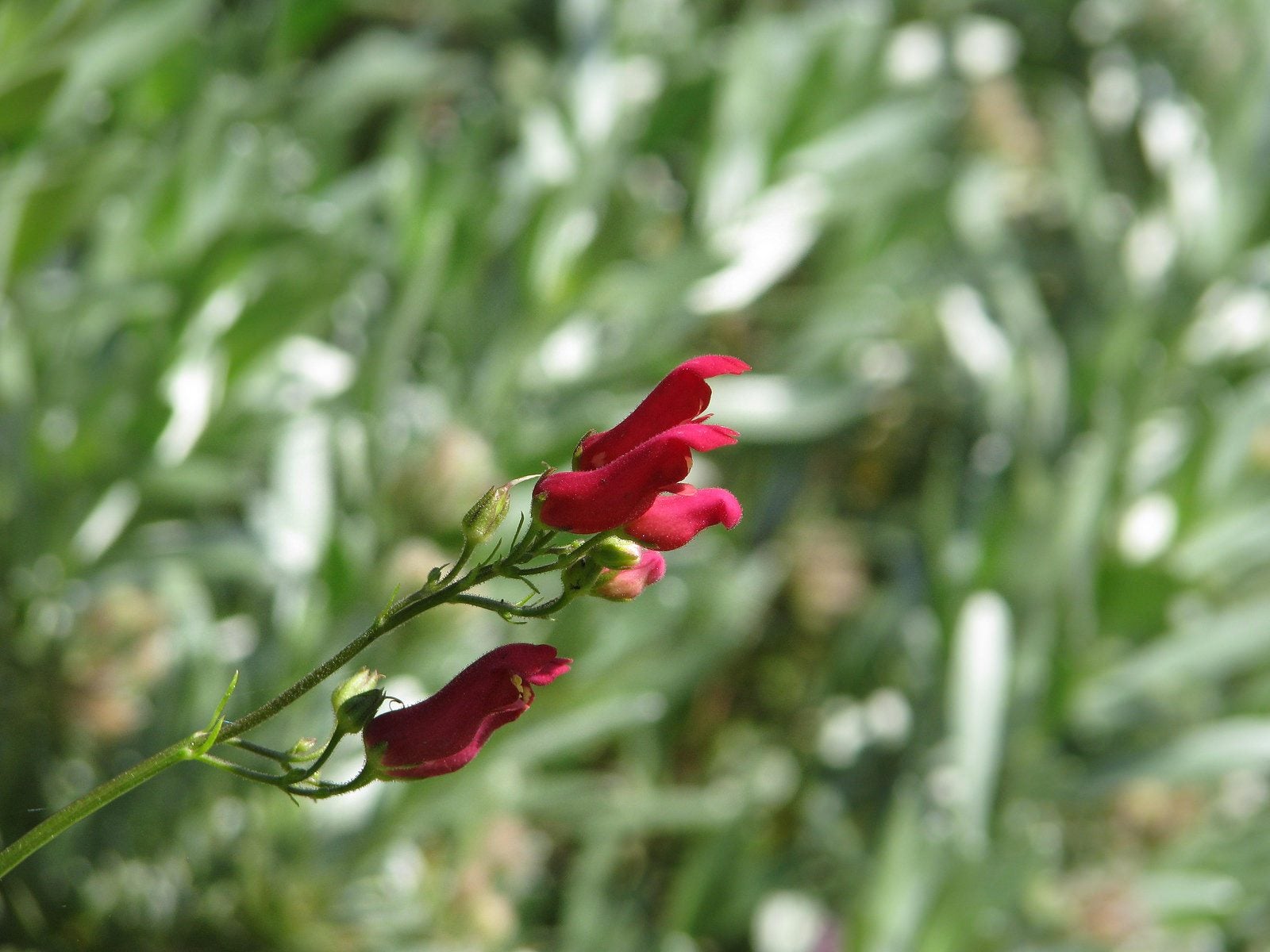Figwort Plant Information: Guide To Growing Figworts In Your Garden

What is a figwort? Perennials native to North America, Europe, and Asia, figwort herb plants (Scrophularia nodosa) tend not to be showy, and are thus uncommon in the average garden. They nevertheless make wonderful candidates since they are quite easy to grow. Figwort plant uses for healing are many, one of the reasons why gardeners may choose to grow them.
Figwort Plant Information
Figwort herb plants are related to the mullein plant from the family Scrophulariaceae, and some of their growing patterns and appearances are reminiscent of one another. Growing in similar fashion to mint, figworts reach heights of around 3 feet (1 m.), with tops that bloom in summer. Some plants, in the right situations, can grow to heights of around 10 feet (3 m.). Flowers are inconspicuous yet unique, with round shapes and red-yellow colors.
Figwort blooms attract wasps, which may be beneficial to your garden and its wildlife. The leaves, tubers, and flowers of the plant exude an unpleasant smell that may be responsible for attracting these wasps, while making it unpalatable to humans and animals. Still, the root is considered edible despite its repelling taste, having once been used as a food for famine in ancient times.
Growing Figworts
The methods for growing figworts are easy. They can be grown from seed under protection in early spring or autumn, then transplanted out into the garden or containers when large enough to be easily handled once temperatures warm. You can also propagate figworts by means of root division, moving these divisions to outdoor permanent locations, again once temperatures are warm and plants are officially established.
These plants enjoy both full sun and partially shady spots and are not too picky about where they are placed. If you have a damp spot in your garden, however, these plants might be the perfect fit. Figwort herb plants are known for loving damp, soggy areas, such as on riverbanks or in ditches. They can also be found in the wild growing in woodlands and moist forest areas.
Figwort Plant Uses
The uses of this plant stem mostly from the folk healing world. Owing to its species name and family name, the herb was often used for cases of “scrofula,” an old term for lymphatic infections connected to tuberculosis. More generally, the herb was used as a cleansing agent to remove impurities, stagnant infections, and to clean the lymph nodes and systems.
Figwort was also topically used for more simple and common maladies like burns, wounds, swellings, abscesses, sores, and sprains. To this end, figwort herb plants were made into herbal teas and ointments for topical and internal healing purposes. Modern herbalists today employ the plant for these same topical issues and have been known to use it for thyroid problems.
Gardening tips, videos, info and more delivered right to your inbox!
Sign up for the Gardening Know How newsletter today and receive a free copy of our e-book "How to Grow Delicious Tomatoes".
Disclaimer: The content of this article is for educational and gardening purposes only. Before using ANY herb or plant for medicinal purposes, please consult a physician or a medical herbalist for advice.
-
 Types Of Tomatoes Explained: Explore The Many Wonderful Shapes, Colors, Flavors, & Best Uses
Types Of Tomatoes Explained: Explore The Many Wonderful Shapes, Colors, Flavors, & Best UsesThe world of tomato varieties is vast and fascinating. Learn about the key types to grow in your garden, tailored to your preferences and space.
By Amy Grant
-
 Try The Trend – Turn Any Bed Into A Keyhole Garden With This Clever In-Ground Composter
Try The Trend – Turn Any Bed Into A Keyhole Garden With This Clever In-Ground ComposterKeyhole gardening is an efficient and sustainable practice that saves space. Get started on this DIY project quickly and easily with an in-ground composter.
By Bonnie L. Grant
